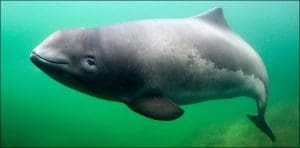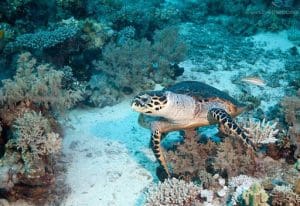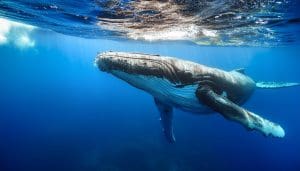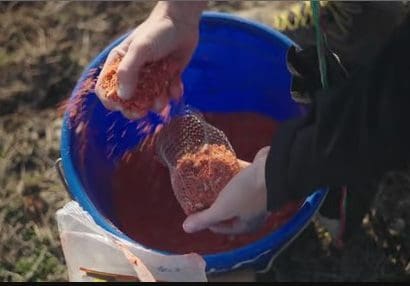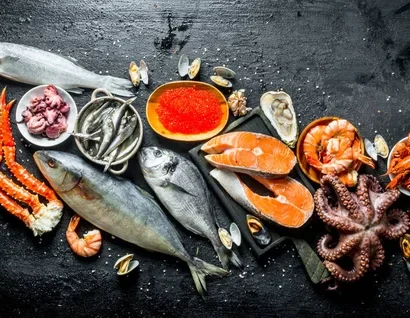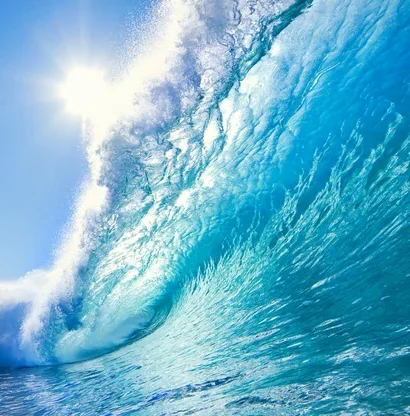
The ocean is like a magical blue world full of life. It covers most of our planet and gives us food, oxygen, and joy. Yet, deep under the waves, many animals are in serious danger of disappearing forever. These are called critically endangered species in the sea.
But what does “critically endangered” really mean? It is the highest risk level before extinction. In other words, if we do nothing, these creatures may vanish completely. That’s why today we are going to explore their stories, their struggles, and how we can help them.
Contents
Understanding the Term “Critically Endangered”🐟
Before we dive into the list of ocean species, let’s pause for a moment. “Critically endangered” is a label given by the International Union for Conservation of Nature (IUCN). This group checks the health of plants and animals around the world.
An animal becomes critically endangered when:
- Its population drops dramatically.
- It faces extreme threats like hunting or pollution.
- Its habitat gets destroyed.
In short, being “critically endangered” means survival is hanging by a thread.
Famous Critically Endangered Species in the Sea🐟
1. The Smallest Porpoise
First of all, let’s talk about the vaquita. This shy little porpoise lives only in the northern part of the Gulf of California, Mexico. Sadly, fewer than 20 individuals remain today.
Why is the vaquita vanishing?
- Fishing nets trap them by accident.
- Illegal fishing for another species called totoaba puts them at risk.
- Their tiny home makes them vulnerable.

The vaquita is often called the “panda of the sea” because of its dark circles around the eyes. Cute, right? Yet, without urgent action, it may be gone in just a few years. To learn more about innovative ocean-friendly solutions, don’t miss our article on The future of algae-based food
2. Hawksbill Turtle
Next, let’s swim with the hawksbill turtle. With its colorful shell and sharp beak, it looks like a jewel of the sea. However, this turtle is critically endangered because:
- People hunt them for their shells, often sold as “tortoiseshell” jewelry.
- Their nesting beaches are destroyed by tourism and construction.
- Climate change makes their survival even harder.

Although hawksbills have been around for millions of years, they may not survive this century unless we help.
3. Blue Whale
Now, let’s go big — really big! The blue whale, the largest animal ever to exist on Earth, is also at risk. Even though commercial whaling has mostly stopped, the blue whale still faces:
- Collisions with ships.
- Noise pollution that disrupts their communication.
- Climate change reducing their food supply, mainly krill.

Imagine this: the heart of a blue whale is as big as a car. Yet, despite its size, it is fragile in the face of human threats.
4. Hammerhead Sharks
After that, we meet the hammerhead sharks. Their unusual head shape makes them easy to recognize. Sadly, they are hunted for their fins, which are used in shark fin soup. Additionally, they often get trapped in nets.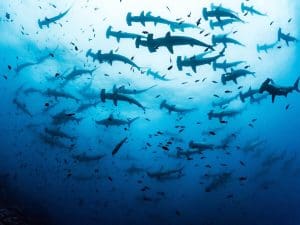
Why should we care? Sharks are top predators, which means they keep the ocean balanced. Without them, the entire ecosystem could collapse.
5. Giant Manta Rays
Finally, let’s glide with the giant manta rays. These gentle giants look like underwater birds with wings. They can grow up to 7 meters across, yet they eat tiny plankton.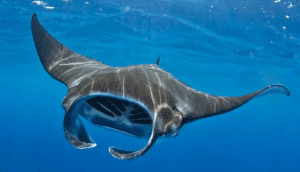
They are in danger because:
- They are hunted for their gill plates, believed to have medicinal value.
- Pollution and plastic waste choke their feeding grounds.
- Their slow reproduction makes recovery difficult.
The Causes Behind the Crisis🐟
It’s not enough to list animals; we also need to understand why they are critically endangered.
The main threats include:
- Overfishing: Humans take more fish than the ocean can give back.
- Pollution: Oil spills, plastic waste, and toxic chemicals poison marine life.
- Climate Change: Rising sea temperatures and acidification damage coral reefs and food chains.
- Habitat Destruction: Coastal development and bottom trawling destroy homes of countless species.
Because of these combined problems, survival becomes almost impossible for some creatures. If you are curious about sustainable fishing practices, you might also enjoy reading our guide on How to properly maintain and use fingerlings and live bait?
Why Should We Care?🐟
At this point, you might wonder: why does it matter if one species disappears? The truth is, every animal plays a role. If we lose them:
- The balance of the ocean collapses.
- Humans lose important resources like food and medicine.
- Future generations will never experience these incredible animals.
In other words, saving critically endangered species in the sea is about saving ourselves too.
How Can We Help?🐟
Simple Steps for Everyone
Even though the problem is huge, small actions can make a difference. For example:
- Say no to single-use plastic.
- Choose sustainable seafood. Look for eco-labels when shopping.
- Support marine protected areas.
- Learn and share. Talk to friends and family about the importance of ocean conservation.
What Governments and Organizations Must Do
Of course, real change also requires bigger actions:
- Stronger laws to ban illegal fishing.
- International cooperation to protect migratory species.
- Funding for research and rescue programs.
Stories of Hope🐟
Although the situation sounds dark, there are bright spots. For instance, humpback whales were once endangered due to hunting. Thanks to strict protections, their numbers are rising again. This shows that if we act, nature can heal.
The Ocean Needs Us Now🐟
To wrap up, the ocean is a treasure chest full of life. But that treasure is in danger. From the smallest porpoise to the giant blue whale, critically endangered species in the sea are sending us a message: help us survive.
The good news? We still have time. With care, cooperation, and courage, we can protect our ocean friends. After all, they are not just part of the sea; they are part of us.

